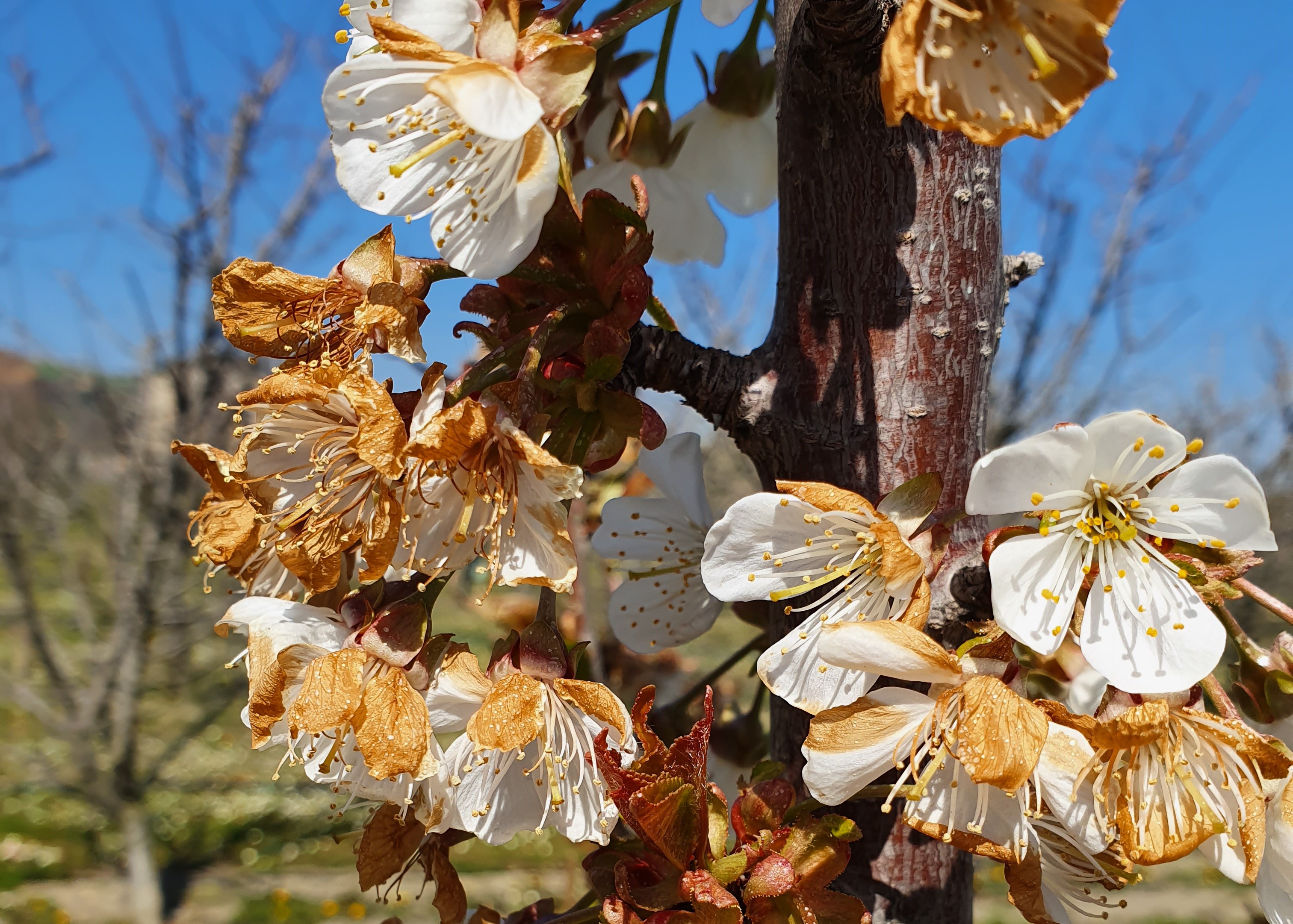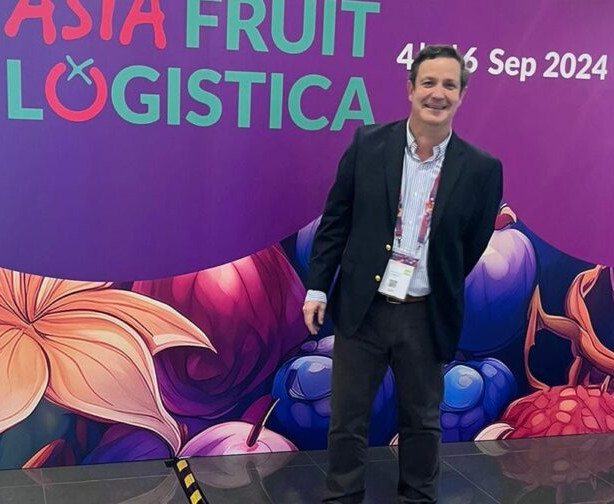In recent years, there has been a significant increase in demand for cherry exports from Spain. This situation has generated the need to raise the quality and shelf-life standards of this fruit during post-harvest to meet the demands of international markets. The areas of Spain that stand out for the cultivation of cherries are Aragon and Extremadura.
These two areas contribute 58% of the total national cherry production. In the region of Aragon, the area dedicated to the cultivation of cherries has increased considerably in recent years, reaching an area of 10,557 hectares and a production of 48,608 tonnes in 2022. International markets are very demanding in terms of quality, requiring optimal sensory, nutritional and environmental attributes.
Various pre-harvest strategies could lead to meeting these requirements, such as the application of foliar fertilisers through the technology developed by Spanish researchers, Ca-CSIC, and the practice of controlled deficit irrigation. It is in this context that the objectives of this research, conducted within the framework of the Cooperation Group financed by the Government of Aragon, were set.
These objectives consisted in analysing the effects of different irrigation and fertilisation combinations on fruit quality and their vulnerability to cherry cracking. In addition, the potential consequences on the concentration of phenolic and flavonoid compounds in cherry leaves and fruits in the different treatments studied were analysed. None of the treatments used in this research had a negative impact on the performance and productivity of the crop.

In the analysis performed, a relevant relationship was identified between the rate of cracking of the cherries and the number of flavonoids present in the epidermis of the lower part of the fruit. It was observed that as the number of flavonoids increases, the frequency of cracking in cherries also increases.
However, no significant relationship was found between the rate of cracking and other factors such as skin colour index, skin strength or the concentration of phenolic compounds in the fruit. These results indicate that the number of flavonoids present in the epidermis of the cherry base can significantly influence the susceptibility of cherries to cracking.
This finding highlights the importance of investigating and understanding the biochemical processes related to cracking in cherries to create effective prevention strategies and improve fruit quality. Furthermore, it was observed that, in general terms, the treatments increased the concentration of phenolic compounds and flavonoids in the leaf tissue compared to the control groups.
Furthermore, it was found that the number of flavonoids in the skin of the lower part of the cherry can be a useful biomarker for this disease in the post-harvest period. The analysis showed that the combination of foliar fertilisation with Ca-CSIC and the implementation of deficit irrigation led to a significant reduction of the vulnerability to cherry cracking.
This combination of tactics had a favourable impact on cracking management, indicating that the collaboration between foliar fertilisation with Ca-CSIC and CDR could be an effective strategy to reduce the occurrence of this problem in cherry fruits.
Source: Desafíos en maduración y postcosecha de frutos y hortalizas (Madrid 2024)
Image: SL Fruit Service
Melissa Venturi
University of Bologna (IT)
Cherry Times - All rights reserved











